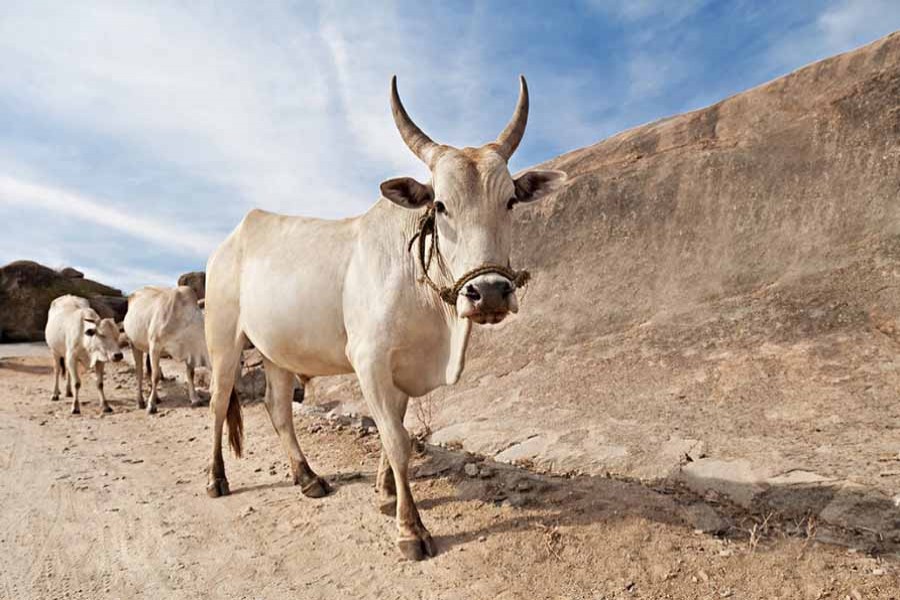Unlike previous times, the influx of cattle across the border from India has drastically come down ahead of Eid-ul-Azha.
Now a handful of cattle can cross into Bangladesh, but only through few points of porous border areas where there is no barbed-wire fence.
The dairy farm owners of Jashore are now busy preparing local breeds of cattle, using local methods of fattening ahead of the Eid.
Locals predict that even if cattle are not imported from India, it will not leave any impact on the market this time.
They said inadequate cattle import from India for the past few years has paved the way for local farmers to increasingly rear cattle, which have been playing an important role in meeting the demand of cattle in the region, reports UNB.
Officials at Jeshore Livestock Department said there is a demand for 30,500 cattle and 27,000 goats in the district during Eid.
Against this, the dairy farms intend to rear some 40,000 cattle and 30,000 goats, which are unlikely to cause any cattle crisis in the market this year.
Anjuman Ara Begum, customs revenue in-charge at Navaron Customs Corridor, said 5000-7000 cattle used to come from India via the Khatals (cowshed) of Putkhali corridor previously, but now the number has come down to 20 to 25 a day.
Once the Sindhi, Haryana, Nepali and other types of cattle used to be smuggled into the country, which were legalised through a tax imposition of Tk 500 per cattle.
Sources at Customs said some 35,678 cattle were imported from India in a span of seven months in 2017, helping the government bag Tk 0.17 million in revenue.
But this year, only 7,526 cattle were imported so far, they said.
Commanding officer in-charge of BGB-21 Battalion Major Syed Sohel Ahmed acknowledged the fact, stressing now they are not allowing anyone to trespass into India.


